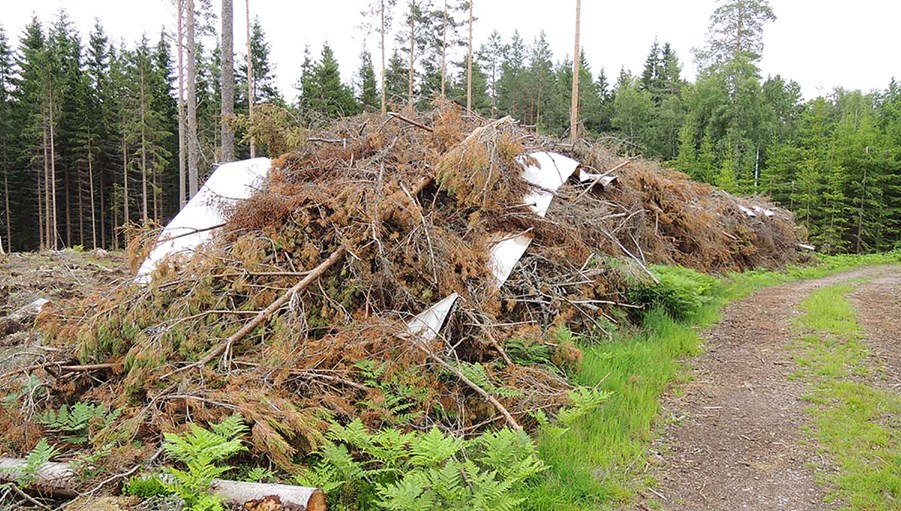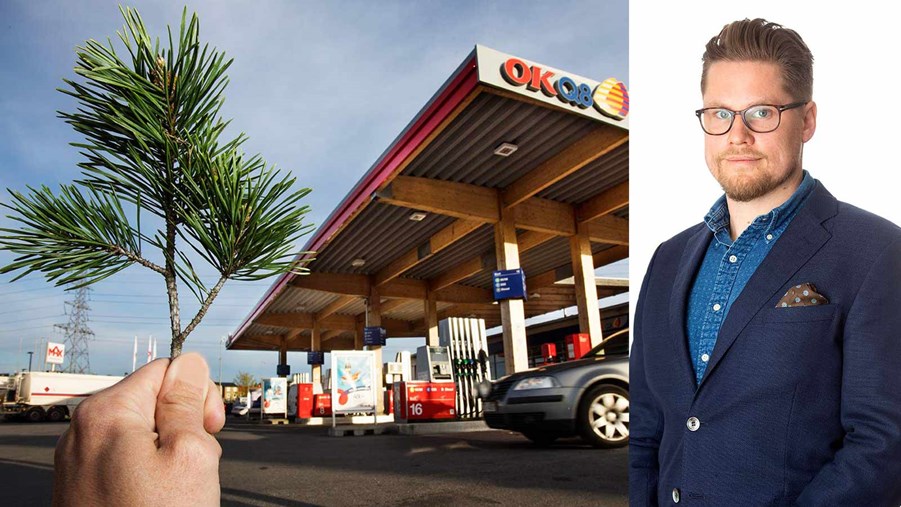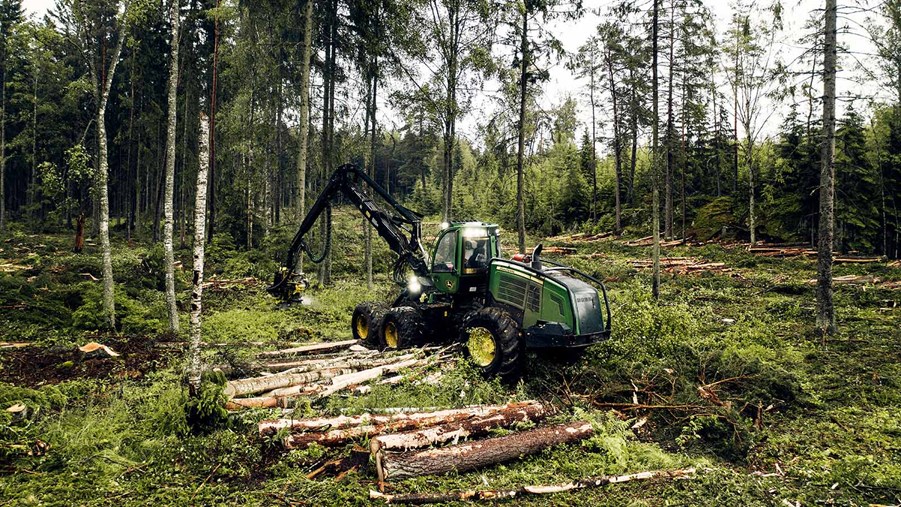The European Commission’s proposal for a new Renewable Energy Directive (RED III) risks hindering the sustainable use of bioenergy. Is the negative view of bioenergy based on a lack of knowledge about how bioenergy is produced in the forest-rich member states?
Bioenergy is the largest renewable energy type in Sweden. A large proportion of the bioenergy derives from industrial waste products and is used to power the forest industry’s own processes. The biofuel market in Sweden is dominated by forest biomass that is produced using waste products from forestry. A little over 30 percent of the waste products is passed on for the production of district heating and electricity in cogeneration plants.
In many locations across Sweden, surplus heat from the mills is channelled into the district heating network of the local municipalities. In addition, large quantities of bark, chips, shavings and pellets from the sawmills and pulp mills are delivered to municipalities and households.
“In Sweden, bio-based thermal energy replaces fossil energy. We know that bioenergy from waste products supplied by the Swedish forest industries is good for the climate. The research is clear on this, as long as certain conditions are met,” explains Mikael Karlsson, associate professor of environmental science and climate change leadership at Uppsala University.
So why has the issue of bioenergy’s very existence suddenly become a hot potato in the EU?
Forests are being burned as fuel
At the beginning of 2021, the President of the European Commission, Ursula Von der Leyen, received an open letter signed by over 500 researchers. The letter, which was also sent to US President Joe Biden, urged the world leaders to stop treating the combustion of wood as carbon neutral and to end large-scale subsidies for forest-based biofuels. According to the researchers who signed the letter, the rising demand for wood pellets is destroying the forest and causing biodiversity loss.
A few months later, Swedish newspaper Dagens Nyheter published a series of articles on Swedish biofuel policy, concluding that “forests are being clear-felled and burned as fuel” – something the Minister for Rural Affairs Jennie Nilsson dismissed in a follow-up interview in the same publication.
Scandinavia has unique bioenergy production systems
For those who are not fully versed in the issue, the future of bioenergy has now become a strongly polarised issue. Advocates and opponents stand in their separate corners, offering what are sometimes completely contradictory arguments. But is there any scientific evidence that the type of bioenergy generated by Swedish forestry is harmful to the climate?
Pål Börjesson, professor of environmental and energy systems at Lund University, has spent almost 30 years researching the environmental impact of bioenergy, and he is clear that the evidence points in quite the opposite direction.
“Sweden began investing in bioenergy back in the late 1980s, at which point extensive research into the environmental impacts was also launched,” he states.
“We are able to study datasets that run back over very long periods, giving us by far the best knowledge about bioenergy’s effects on the environment. But this research is not breaking through internationally,” he adds.
Pål Börjesson is self-critical, believing that the forest-rich countries have all been poor at communicating their research to the rest of the world.
“Not all bioenergy is good, but much of what we produce from Scandinavian forest is. The system of exploiting forest fuels is particular to us here in Sweden and Finland, and to some extent other forest-rich countries such as Austria,” he continues, explaining that for much of the rest of Europe, our way of using up all the waste products from forestry is an alien concept.
“They simply don’t do it.”
The polarised debate around the future of bioenergy in the EU strikes Pål Börjesson as a “very odd discussion”.
“It paints a good solution as being bad. Yes, hydrogen and electricity are also important elements of the green transition, but it will take more than that. Biofuel produced in the right way will have to be added to the mix,” he argues.
Widen the perspective on the bioenergy issue
Mårten Larsson, expert on bioenergy issues at the Swedish Forest Industries, would like to see more perspectives brought into the debate about the future of bioenergy.
“As far as the Swedish forest industries are concerned, bioenergy is basically about making use of waste products that already exist. Ultimately it is about being as efficient and fossil-free as possible within our own processes.”
He hopes that the discussions about forest bioenergy within the EU can adopt a broader system perspective.
“If we look at each individual twig or industrial waste product, opponents of bioenergy believe it would be better to leave them in the forest to rot.”
But, according to Mårten Larsson, that would instead generate double the carbon emissions, since fossil energy types would be used instead of the energy from the forest.
“Forest bioenergy is one of the most important climate solutions we have for the foreseeable future. Done correctly, it brings major climate benefits.”
Mikael Karlsson thinks along similar lines when it comes to bioenergy.
“Lumping all biofuels together ignores the science, as their climate impact varies. Of course, carbon dioxide is released when you burn biomass, but the scale varies considerably. In addition, the media tend to focus on the extremes, and that can easily give the impression of scientific uncertainty, but in most cases, there is a general consensus.
“On the other hand, there are serious deficiencies in the regulatory system and the view of bioenergy within the EU,” he concludes.
Learn more about Swedish bioenergy
The processes within the Swedish forest industry are 96 percent fossil-free, thanks to extensive energy efficiencies and effective use of waste products.
The Swedish industry’s processes use around 60 TWh energy per year, and approximately 35 TWh of forest-based biofuels are delivered to the community each year to produce electricity and heat.
In 2016, renewable energy accounted for 17 percent of the EU’s total energy consumption, with 59.2% of that renewable energy coming from bioenergy. Over 60% of the domestic biomass provided for bioenergy was wood-based.



